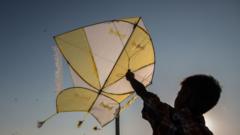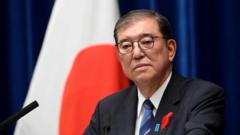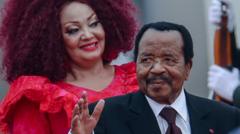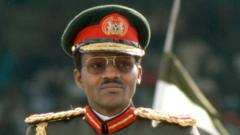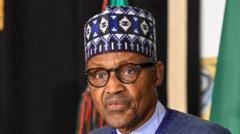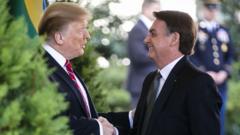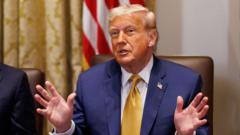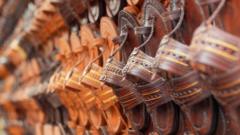The Vatican is enshrouded in anticipation as cardinals commence their secretive conclave to elect the successor to Pope Francis. This high-stakes event will see the prelates casting their votes via discreet ballot, seeking a two-thirds majority for their chosen candidate. While external eyes are barred from the proceedings, tradition guides the cardinals, utilizing a plethora of ceremonial items whose meaning articulates the gravity of their task.
Papal Conclave Commences: Tradition and Secrecy at the Heart of Choosing a New Pope

Papal Conclave Commences: Tradition and Secrecy at the Heart of Choosing a New Pope
As the sacred gathering begins, the drama of papal succession unfolds with time-honored rituals underpinning the conclave.
Among the primary tools at their disposal are the voting instruments: a dedicated table for election officials, an urn for the ballots, wooden balls for counting, and the iconic paper printed with “Eligo in Summum Pontificem”—the sacred proclamation of choice. The unique participation of these objects fosters not only adherence to church customs but also heightens the suspense surrounding the vote. If discrepancies arise in the counts across these instruments, the ballots will be incinerated and the process recommenced without delay, underscoring the meticulous nature of this divine selection.
In a world of complexity, the papal conclave stands as a testament to enduring faith and governance intertwined with history. As the cardinals embark on this momentous duty, the future of the Church hangs in the balance between tradition and the anticipation of change.
In a world of complexity, the papal conclave stands as a testament to enduring faith and governance intertwined with history. As the cardinals embark on this momentous duty, the future of the Church hangs in the balance between tradition and the anticipation of change.






